How to Keep Your Greenhouse Warm in Winter
- February 5, 2024
- 0 comment
Winter doesn’t signal the end of your home-grown vegetable supply. With the right techniques, a winter greenhouse ensures that cold temperatures don’t cease your cultivation. Knowing exactly how your vegetables are grown is not just satisfying but ensures you have the healthiest options right at your doorstep. While winters pose a challenge, a well-managed winter greenhouse is a resilient solution, standing as a testament to the ingenuity adopted since the 15th century in Korea. Let’s delve into the transformative journey of greenhouse heating and explore practical methods to keep your greenhouse warm through the chill.
Exploring the Progress of Greenhouse Heating Through History
The concept of greenhouse heating traces back to 15th-century Korea, marking the inception of an agricultural revolution. Over centuries, the mastery over winter greenhouse technology has evolved, allowing precise control over temperature, humidity, and atmosphere composition.
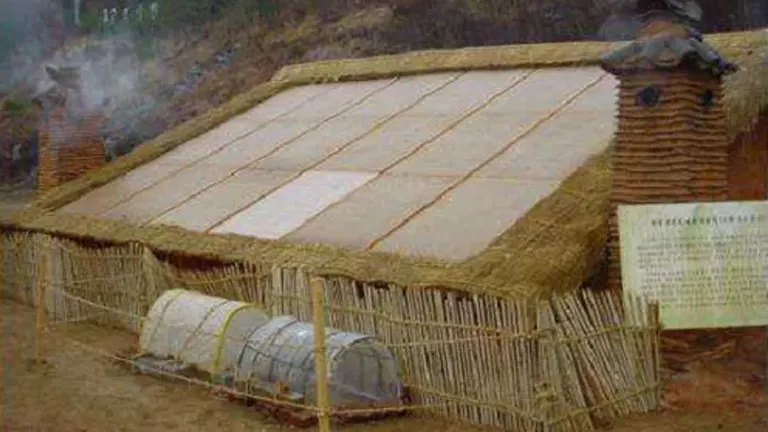
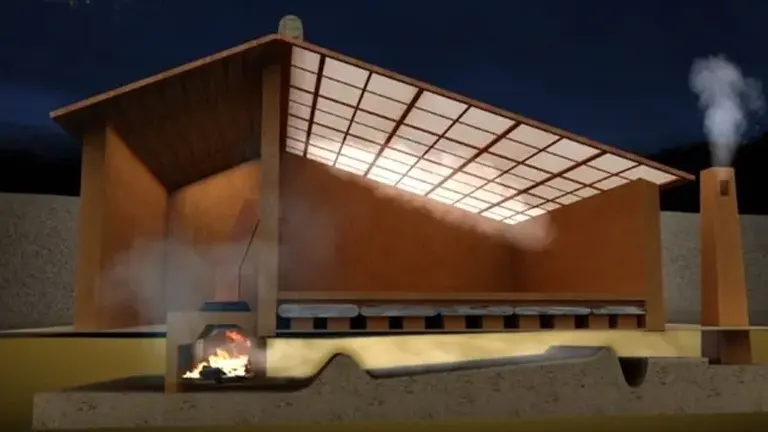
This evolution has led to sophisticated, automated systems, integral to today’s global agricultural landscape. The principles applied in grand greenhouses are also relevant to cold frames and hoop houses, ensuring every gardener can protect their plants, regardless of scale.
Is It Essential to Provide Heating for a Greenhouse During the Winter Months?
Maintaining a warm and consistent temperature in your greenhouse during winter is not just important; it’s essential for the survival and growth of your plants. Greenhouses, those sanctuaries of growth and greenery, face a formidable opponent in winter. The vibrant life they host during the warmer months dwindles, leaving a stark contrast of overwintering plants and barren trellises where lush green once thrived. In most parts of the country, and indeed in many parts of the world, providing a heat source for your greenhouse is not a luxury—it’s a necessity.
Effective Strategies to Heat Your Winter Greenhouse
Heating a greenhouse during the winter is crucial for maintaining a productive growing environment. As you navigate the colder months, it’s important to choose a heating method that aligns with your greenhouse’s size, structure, and your budget. Here’s a comprehensive look at the most common and effective ways to keep your greenhouse warm and thriving throughout the winter.
1. Integrate Thermal Mass
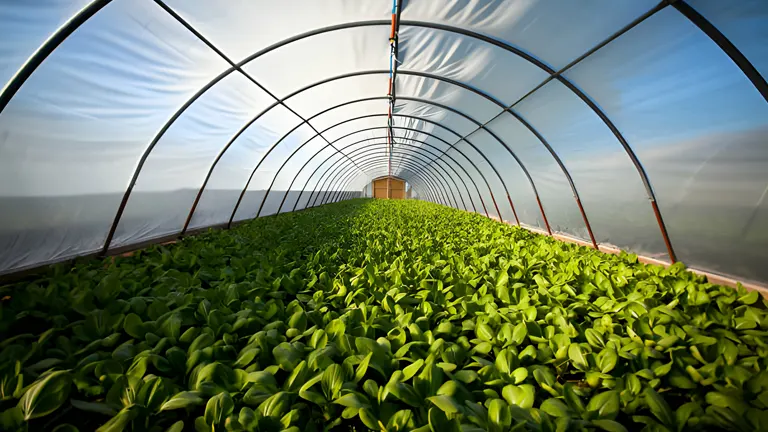
Enhancing the thermal mass in your greenhouse is a foundational step. Materials like soil, clay, stone, water, bricks, and ceramics are excellent for storing solar heat during the day and releasing it gradually at night. This natural process helps in maintaining a stable temperature, keeping your greenhouse warm during winter nights and cool during summer days.
2. Use a Germination Mat
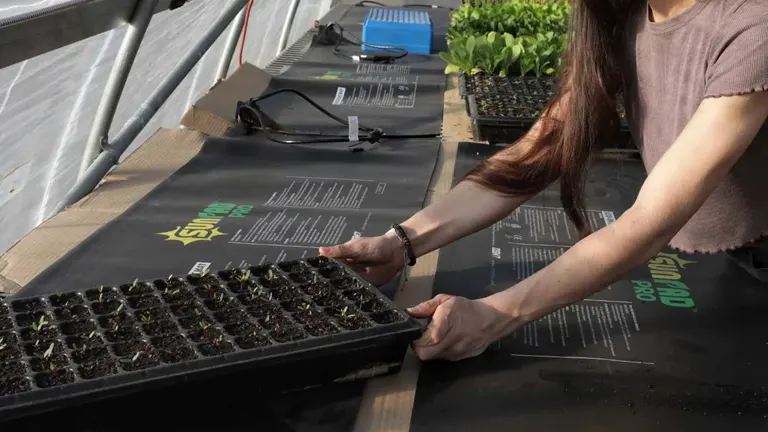
Elevate your seed starting and young plant nurturing with advanced germination mats equipped with programmable thermostats. These precision-engineered mats deliver a steady, optimal temperature, crucial for the delicate phases of seed germination and early plant development. Not only do they offer a controlled environment for your young plants, but their energy-efficient design also ensures that your plants receive the warmth they need without unnecessary power consumption. Invest in these smart mats to provide your plants with the best possible start, setting the stage for robust growth and thriving gardens.
3. Apply Horticultural Fleece
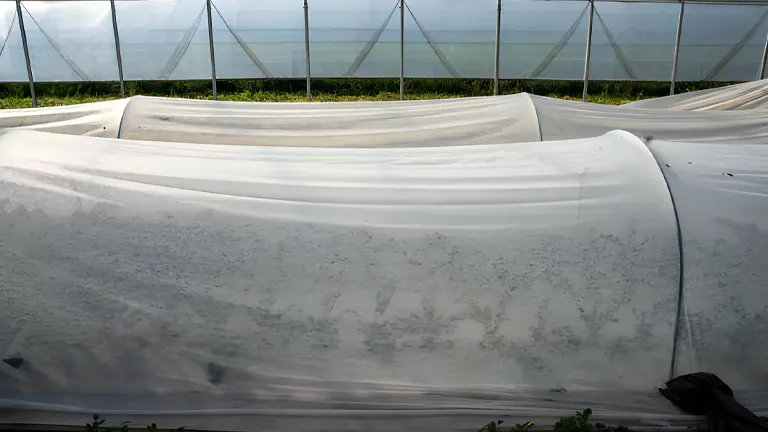
Embrace the warmth of horticultural fleece during those frosty nights. This easy-to-use, effective barrier offers your plants extra protection against the biting cold, all without the need for additional heating. Remember to uncover during the day to let in ample sunlight and air, ensuring your plants continue to flourish.
4. Explore Trench Composting
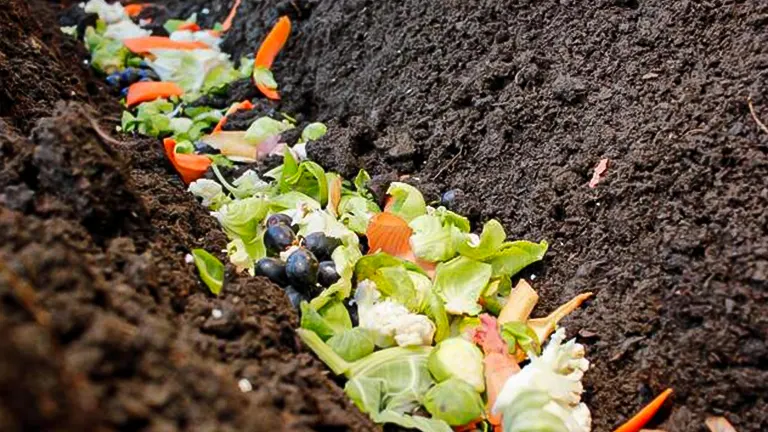
Dive into trench composting for a green and inventive heating solution. By integrating a compost trench in your greenhouse, you’re tapping into a dual-benefit system: it naturally produces a consistent, mild heat and enriches your soil with high-quality compost. This eco-friendly approach leverages the inherent thermal properties of composting, offering a promising and sustainable method to warm your greenhouse.
5. Go for Hotbeds

Adopt the warmth of hotbeds for a nurturing growth environment. Like trench composting, hotbeds capitalize on the heat from decomposing organic materials. Construct a raised bed, layer it with organic waste, and top with soil or compost to form a self-regulating, warm bed. This method is perfect for seed germination and fostering young plants, offering a natural and energy-efficient solution to greenhouse heating.
6. Install Black 55-Gallon Barrels
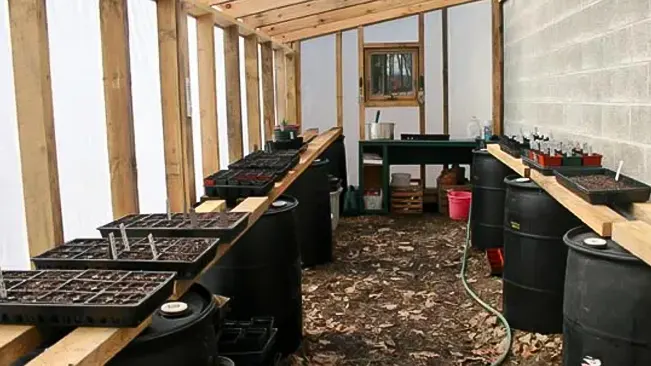
Incorporate black 55-gallon barrels filled with water in your greenhouse to serve as effective heat sinks. Painted black to maximize solar heat absorption, these barrels soak up warmth during the day and gradually release it throughout the chilly nights. This straightforward, yet impactful method significantly contributes to stabilizing your greenhouse’s temperature, providing a cost-effective solution to maintain a consistent growing environment.
7. Invest in Electric Room Heaters

Enhance your greenhouse’s warmth with electric room heaters, a direct and widely favored heating solution. Their simplicity in installation and operation makes them a go-to choice. However, it’s vital to position them safely and conduct regular maintenance. To achieve uniform warmth and prevent temperature disparities, make sure the heated air circulates effectively throughout your greenhouse space.
8. Implement Hot Water Heating Systems
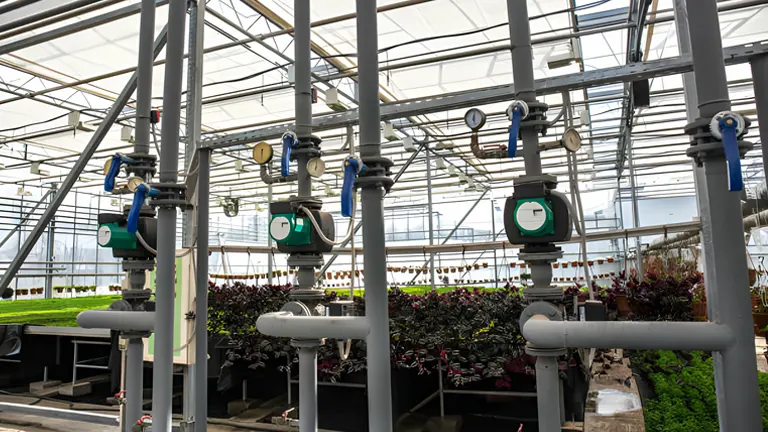
Integrate hot water heating systems for a sophisticated and efficient climate control in your greenhouse. With meticulous planning and proper installation, these systems excel in circulating hot water or steam through a network of pipes, ensuring uniform heat distribution. They offer the advantage of precise temperature management and adaptability to a variety of fuel sources, making them a versatile choice for any greenhouse setting.
9. Use Unit Heaters
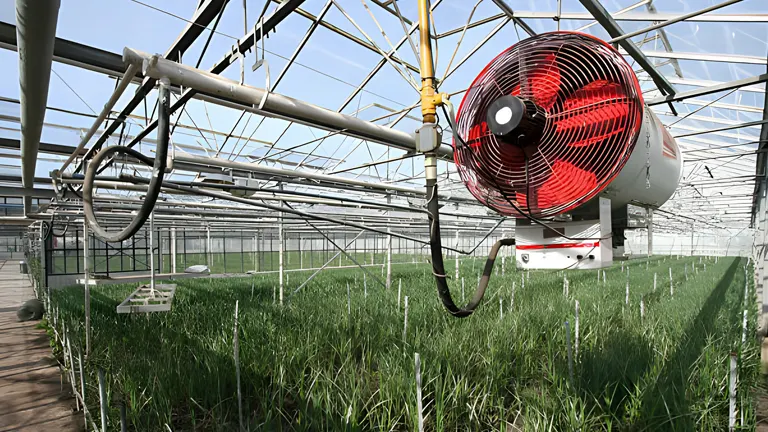
Embrace the compact efficiency of unit heaters for a straightforward heating solution. Fueled by natural gas, propane, or oil, these heaters are known for their cost-effectiveness and dependability. They operate by pulling in greenhouse air, heating it, and circulating the warmed air back into the environment. It’s crucial to maintain proper ventilation with these units to avoid depleting the greenhouse’s oxygen levels, ensuring a healthy atmosphere for both plants and gardeners.
10. Consider Radiant Heaters
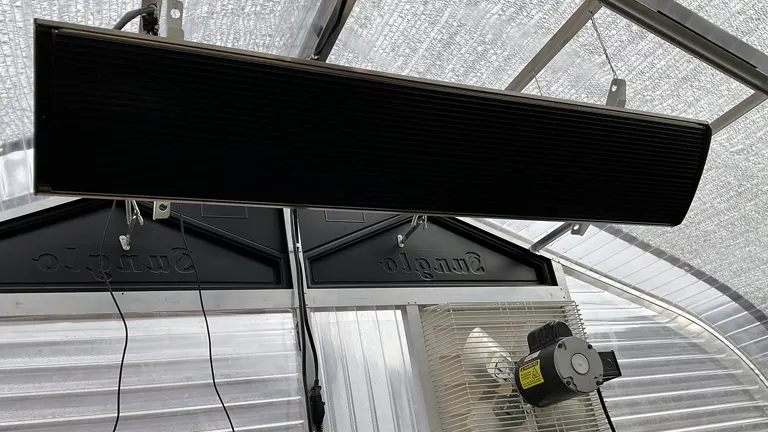
Consider radiant heaters for a targeted and efficient heating approach. These heaters emit infrared radiation, directly warming up surfaces and objects rather than heating the air. This direct method of heat transfer ensures a consistent temperature throughout your greenhouse, minimizing cold spots. However, proper placement is crucial for optimal performance and even distribution of warmth.
11. Utilize Wood Heating
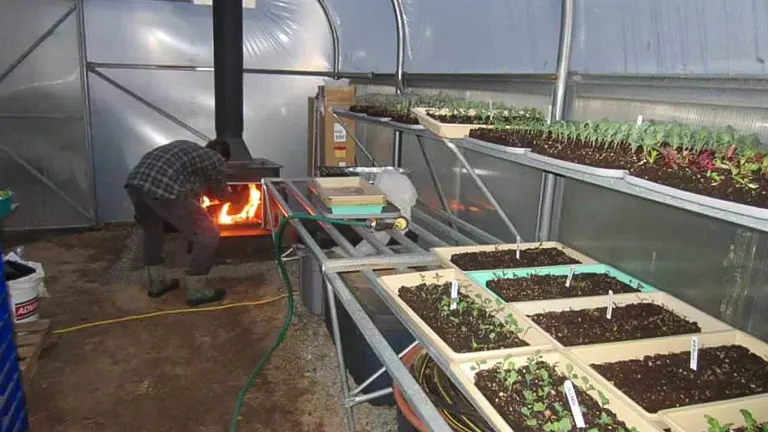
Leverage the traditional warmth of wood or pellet stoves for an eco-friendly and cost-effective heating solution. Especially viable with the increasing costs of conventional fuels, wood heating adds a sustainable edge to your greenhouse warming strategy. Ensure you comply with safety standards and local regulations, particularly in greenhouses with plastic coverings, to create a safe and cozy environment for your plants.
12. Insulate with Plastic
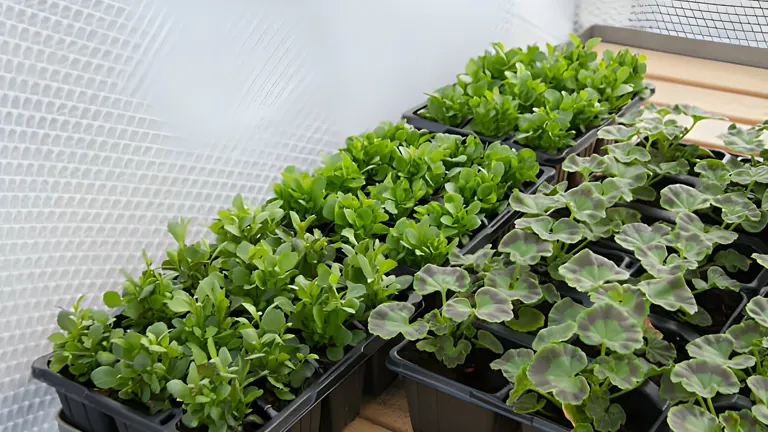
Optimize your plastic-covered greenhouse with strategic insulation. Applying bubble wrap on the interior surfaces significantly boosts heat retention, effectively trapping warmth while still allowing sunlight to nourish your plants. This method stands out as an economical alternative to traditional heating, enhancing your greenhouse’s temperature control without incurring high energy costs.
What Types of Crops can be Cultivated in a Winter Greenhouse?
With the right conditions, a greenhouse can host a variety of plants during the colder months. While some plants thrive in the cold, others may require a bit more warmth but can still be successful with the right care. Here are some cold-hardy vegetables that can grow in a relatively colder greenhouse without expensive heating:
- Root Vegetables: Carrots, beets, turnips, and radishes.
- Alliums: Onions, garlic, leeks, and scallions.
- Brassicas: Broccoli, Brussels sprouts, cabbage, kohlrabi, turnips, and cauliflower.
- Leafy Greens: Kale, arugula, collards, chard, and lettuce.
The Ideal Greenhouse Temperature
Understanding the optimal temperature for your greenhouse is as crucial as the heating method. Generally, maintaining a minimum temperature of 37°F is adequate for most plants, though aiming for 45°F to 50°F provides additional safety. However, beware of overheating; temperatures above 90°F require ventilation and shading to protect your plants. Regularly monitoring with a thermometer and employing thermostatic controls in heating systems ensures a balanced, plant-friendly environment.
Understanding Heat Loss in Greenhouses
Maintaining the warmth in your greenhouse is fundamentally about managing the balance between heat loss and heat gain. Several factors contribute to heat loss:
- Conduction: Heat escaping through structural components like doors, glazing, or the framework.
- Infiltration and Exfiltration: Heat loss through small gaps or openings, potentially accounting for up to 10% of total heat loss.
- Radiation: Loss of heat through the greenhouse materials, except for certain types like polyethylene film glazing that allows radiant energy to pass through.
Conclusion
Heating a winter greenhouse merges historical wisdom with modern innovation. Whether through increasing thermal mass, utilizing compost heat, or installing advanced heating systems, each method offers a unique way to protect and nurture your plants against the cold. Remember, the goal is not just to ward off the frost, but to create a stable, thriving environment for your garden, ensuring a year-round supply of fresh, healthy vegetables.
FAQs
- Can I heat my greenhouse in winter without incurring high energy costs?
Yes, there are several energy-efficient ways to heat your greenhouse in winter. Using thermal mass materials like water barrels painted black, or constructing a compost heat recovery system can provide low-cost heating solutions. Additionally, insulating your greenhouse with bubble wrap or horticultural fleece can help retain heat without constant energy use. - What is the most sustainable way to heat my greenhouse during winter?
The most sustainable methods include using solar energy capture through thermal mass, such as water barrels or stone, and generating heat from composting organic material. Both methods are renewable and have a minimal environmental impact. - How do I prevent my plants from overheating in a winter greenhouse?
Overheating can be avoided by ensuring proper ventilation and monitoring the greenhouse temperature regularly. Automatic vent openers can be installed to release excess heat. It’s also important to choose a heating system with a thermostat for precise temperature control. - Can I use solar panels to heat my greenhouse in winter?
Yes, solar panels can be used to generate electricity, which in turn can power heating systems like electric room heaters. Although the initial setup cost might be high, solar panels are a renewable energy source and can reduce long-term energy costs. - What’s the best way to measure and control the temperature in my greenhouse?
Installing a reliable thermometer and a thermostat is crucial. For more sophistication and ease, consider using a digital temperature controller that can automatically adjust the heating system based on the temperature readings. - Is it possible to heat a small hobby greenhouse effectively in winter?
Absolutely! Small greenhouses can be effectively heated using electric room heaters, germination mats for targeted warmth, or even by increasing thermal mass with water barrels or stones. The key is to balance the heat source with proper insulation to minimize heat loss. - How do I ensure even distribution of heat throughout my greenhouse?
Even heat distribution can be achieved by strategically placing heat sources and ensuring good air circulation. Using fans can help circulate warm air, and placing heat sinks like water barrels can help distribute heat evenly. - Are there any plants that can help maintain warmth in a greenhouse?
While plants themselves won’t significantly warm your greenhouse, composting plant matter can generate heat. Additionally, planting in thermal mass materials like soil beds can help retain and slowly release warmth. - Can I use my greenhouse heating system to also heat water for plants?
Yes, some systems like hot water heating systems can be adapted to heat water as well as the greenhouse space. This can be an efficient way to use the system, but it requires careful planning and installation. - How do I protect my greenhouse from frost without constant heating?
Besides heating, insulating your greenhouse is crucial. Using materials like bubble wrap, horticultural fleece, or even thermal curtains during the night can provide added protection against frost.
Jump into the conversation and become a vital part of our greenhouse warming community. Whether you’re a green thumb expert or just starting your greenhouse journey, your insights and experiences are priceless. Share your strategies, successes, and lessons learned to guide others through the nuances of keeping a greenhouse warm in winter. Every tip shared enriches our collective wisdom, nurturing a supportive space for gardeners of all levels. Let’s cultivate together, fostering a knowledgeable and resourceful community for greenhouse enthusiasts everywhere!

David Murray
Forestry AuthorI'm David Murry, a forestry equipment specialist with a focus on chainsaw operation. With over 13 years of experience, I've honed my skills in operating and maintaining a wide range of machinery, from chainsaws to log splitters. My passion for the outdoors and commitment to sustainable forestry drive my work, which emphasizes safety, efficiency, and staying updated with industry advancements. Additionally, I'm dedicated to sharing my expertise and promoting environmental awareness within the forestry community.











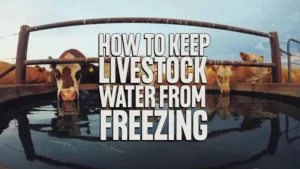

Leave your comment